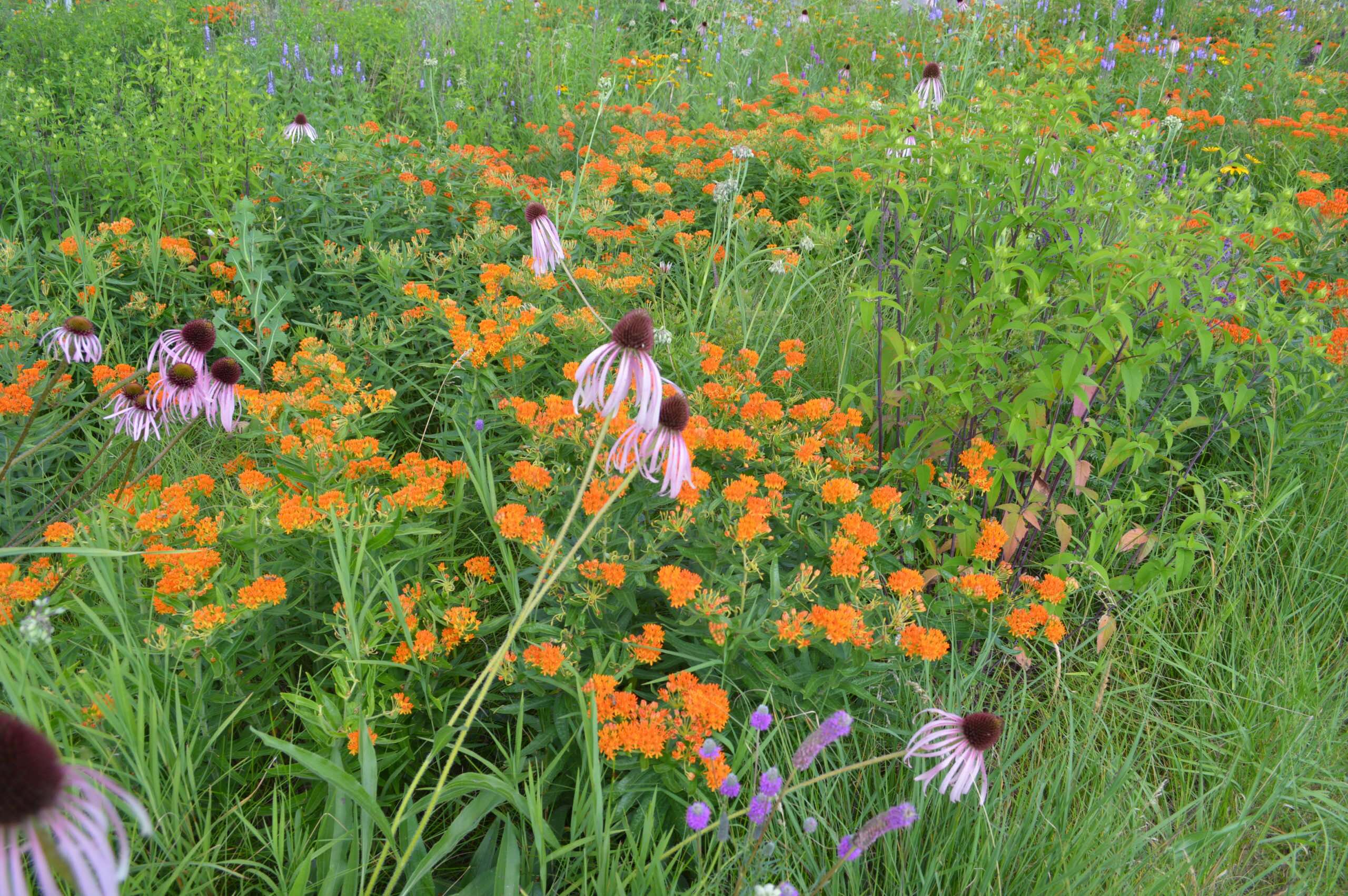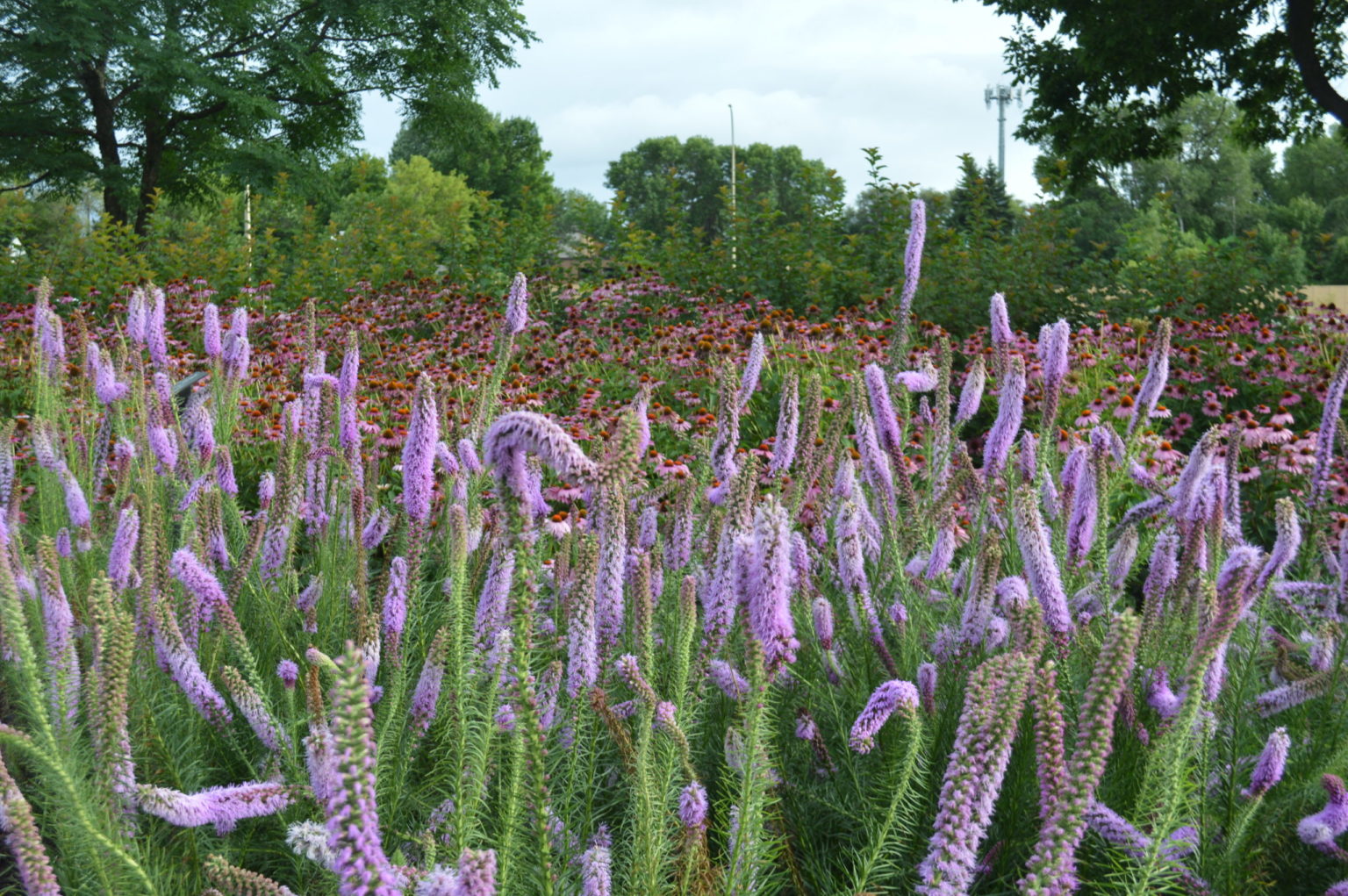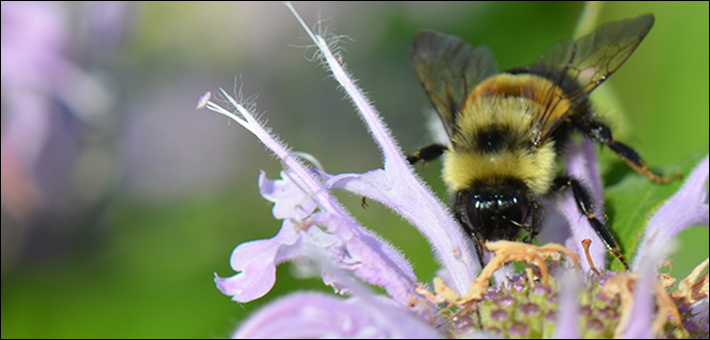
- Sustainable Planet -
- 3mins -
- 6,666 views
In Minnesota they’re paying homeowners to replace lawns with bee-friendly wild flowers
Minnesota lawmakers set aside $900K to assist homeowners convert traditional lawns by planting wildflowers, clover and native grasses in an effort to slow the collapse of the state’s bee population.
Minnesota Pays Homeowners to Make Their Lawns Bee-Friendly
The state of Minnesota is helping homeowners turn their lawns into bee-friendly habitat under a spending plan approved by the Legislature. The state set aside $900,000 over one year to assist homeowners by covering much of the cost of converting traditional lawns by planting wildflowers, clover and native grasses in an effort to slow the collapse of the state’s bee population. The plan could help replenish food sources for pollinators of all kinds, but will specifically aim at saving the rusty patched bumblebee, a species on the brink of extinction that seems to be making its final stand in the cities of the Upper Midwest. — StarTribune

Lawns to Legumes: Your Yard Can Bee the Change The Lawns to Legumes program aims to protect the federally endangered state bee, the Rusty Patched Bumblebee, and other at-risk pollinators. Even relatively small plantings of native flowering plants can help pollinators by building and connecting important habitat corridors. Source: rwmwd.org
Lawns to legumes
The program covers up to 75% of the cost of each conversion project (up to $350), and up to 90% in areas with a “high potential” to support rusty patched bees. Homeowners can apply for funds for pollinator habitat projects, and funding will be prioritised for areas where rusty patched bumblebees live.
The state Board of Water and Soil Resources (BWSR) runs the program and decides how grants will be issued. The state has also launched a Lawns to Legumes page dedicated to the program, detailing what grants and learning opportunities are available.
Source: StarTribune

Minnesota is home to more than 450 native bee species. Minnesota is lucky to be a hotbed of bumble bee species diversity and is home to 22 of North America’s 49 species of bumble bees, including several species that have disappeared from other parts of their range and are in need of conservation. Source: rwmwd.org
WHY WAS THE LAWN TO LEGUMES PROGRAM DEVELOPED?
The Lawns to Legumes program aims to protect the Minnesota’s federally endangered state bee, the Rusty Patched Bumblebee, and other at-risk pollinators. Even relatively small plantings of native flowering plants can help pollinators by building and connecting important habitat corridors.
It is imperative that there are flowers that bloom at different times of the year to insure a food supply from early spring to late fall for the rusty-patched bumblebees and other threatened pollinators.
Minnesota is home to more than 450 native bee species. Minnesota is lucky to be a hotbed of bumble bee species diversity and is home to 22 of North America’s 49 species of bumble bees, including several species that have disappeared from other parts of their range and are in need of conservation.
Pollinators also include butterflies, moths, beetles, hummingbirds, and flies. All play a key role in pollinating many food crops and native plants, but populations have significantly declined worldwide in recent years. Population decline can be attributed to habitat loss and lack of related nutrition for pollinators, as well as pesticide use and pathogens. — rwmwd.org
For more pollinator news from around the world, click Bees!

Rusty patched bumble bee feeding on wild bergamot (Monarda fistulosa) The U.S. Fish and Wildlife Service listed the rusty patched bumble bee as endangered under the Endangered Species Act. Endangered species are animals and plants that are in danger of becoming extinct. Identifying, protecting and recovering endangered species is a primary objective of the U.S. Fish and Wildlife Service’s endangered species program. Source: Kim Mitchell/USFWS
This article was first published on Brightvibes on 4 March 2021.

